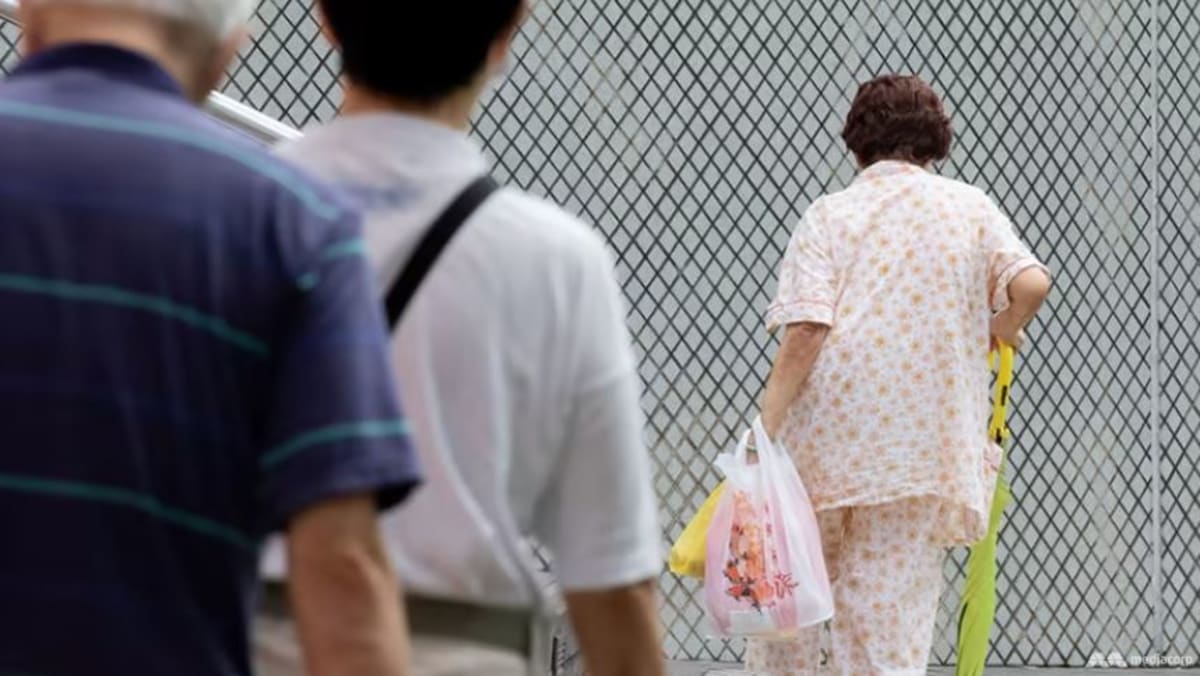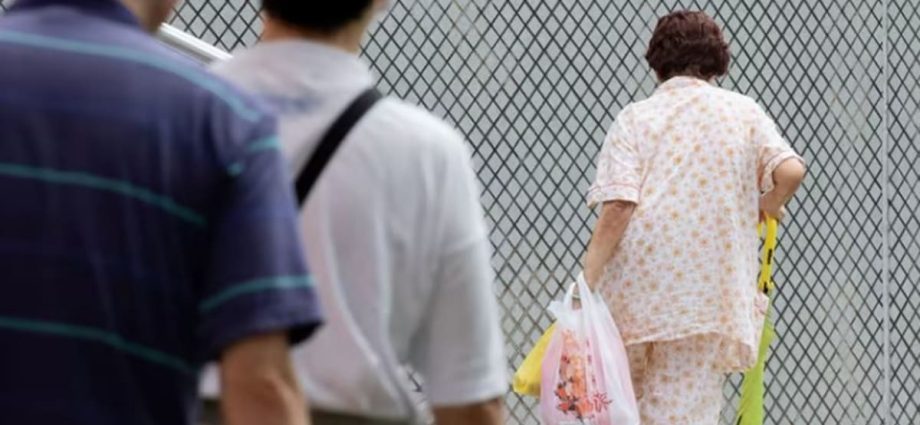
THE CARE DEFICIT
Certainly, the care deficit needs filling, and the present options (care by family, hired help, or an institution) all have their own significant drawbacks, both ethically and practically. Carebot technology could make a meaningful difference, while avoiding some of the current problems. Afterall, carebots do not need sleep, do not get tired, do not get cranky, do not disobey, and do not take offense.
They sound perfect, and indeed, that’s how they have been marketed in places like Japan. Even so, the robot caregivers haven’t been the resounding success that was expected (yet, anyway). This may be because of the limited kinds of interactions a programmed companion like Paro the robotic seal can offer. But the technology keeps improving, and becoming more and more human-like in expression.
Even so, there are some drawbacks. While AI can allow a carebot to mimic human speech or text in a convincing way, AI is still not capable of forming a real human connection. It can perform care, but it cannot actually care.
But if you can’t tell the difference, does it matter? Ethicists would say, yes. Answering the question as to whether a technology is good or not is not only about whether it meets a need or entertains us. We also need to consider how technology changes society, and what the opportunity costs of its use may be. Importantly, we are not always better off getting what we want.
One day, the technology may be good enough to seem indistinguishable from real human interaction. Even more interestingly, future AI carebots could be programmed around the unique preferences of each elderly, meaning they may feel like better companions than real humans.

